Many people only think they need air conditioning repair when their system totally fails. However, the reality is your air conditioner will often show signs of trouble before a total breakdown that results in new AC installation. Understanding the warning signs and calling the experts at ACE Solutions to handle issues early can help you avoid the hassle and expense of a full AC system failure. More importantly, it can stop you from having to endure the uncomfortable feeling of having your AC break down when it’s scorching hot outside.
When you call us, our team of highly trained HVAC technicians will identify the problem, fix the problem and restore your comfort fast. We have a proven track record in the community and provide high-quality, affordable AC service for local homeowners.
Why hold off until your cooling system breaks down? Skip all that hassle by calling today to schedule AC repair in Hasbrouck Heights, NJ, from ACE Solutions.
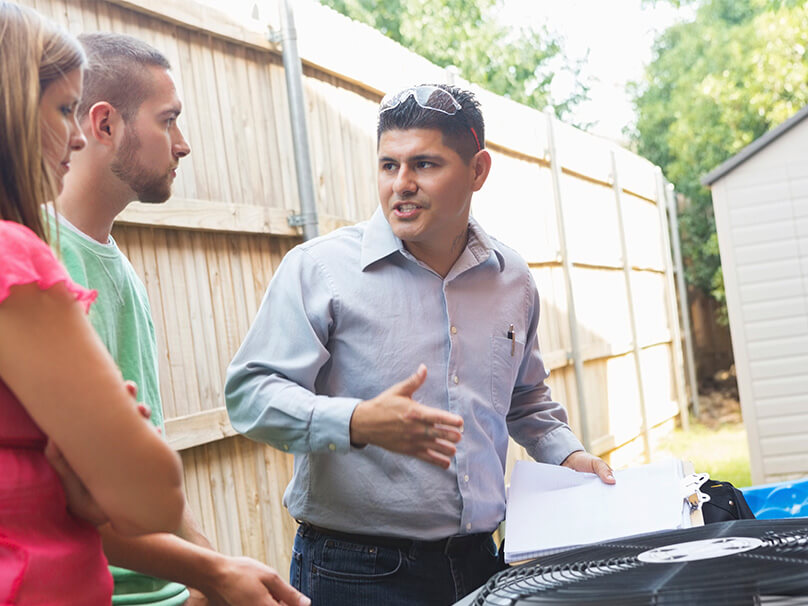
How to Know if You Need AC Repair
What are the signs your air conditioner needs repair? From unusual smells to no cold air coming from the vents, there are many indicators that your cooling system has a problem and needs evaluation or repair.
Here are some warning signs that trouble may be developing and it’s time to call an HVAC technician from ACE Solutions:
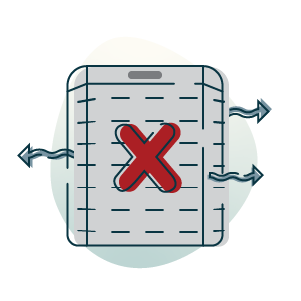
AC is blowing hot air
If warm air is coming from your AC unit instead of cool air, or if the air isn’t as cold as you’d like, it’s a wise decision to call us for professional cooling service.
Air conditioner keeps turning on and off
If your AC system starts and stops instead of running consistently, it could be a warning of potential issues and should be looked at by one of our certified HVAC technicians.
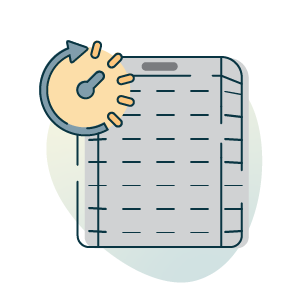
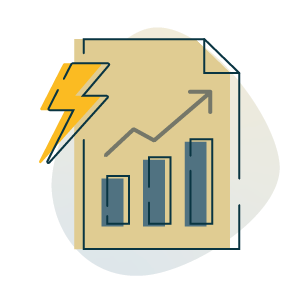
Cooling bills increase for seemingly no reason
A big jump in your energy bills can be an indicator your AC unit is not running efficiently, which means it uses more energy to maintain a comfortable indoor temperature and needs AC maintenance or repair.
Strange odors are coming from your air conditioner
Air conditioners shouldn’t produce odors. Weird smells coming from your AC unit should be checked by an expert, as they can be a sign of problems like mold, mildew or even electrical issues.
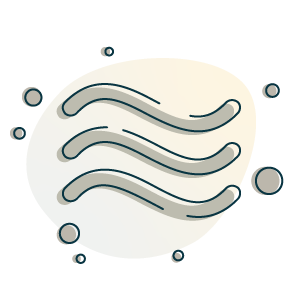
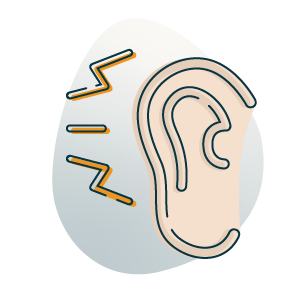
AC starts making noises
If you hear strange sounds when your air conditioner is running — clanking, rattling or squealing, to name just a few — it’s important to call for professional HVAC service to evaluate your system.
Request Professional Air Conditioner Repair Today
When you have to have air conditioning service fast, call the HVAC repair professionals at ACE Solutions. We’ll promptly diagnose the trouble when your equipment won’t run or give sufficient chilled air.
